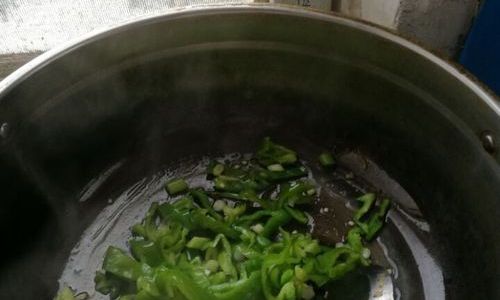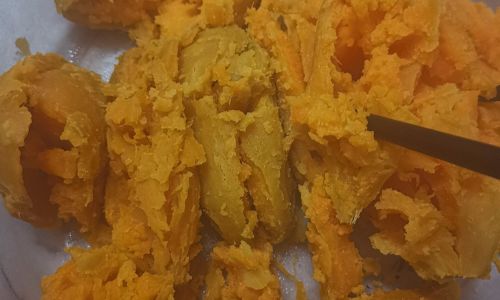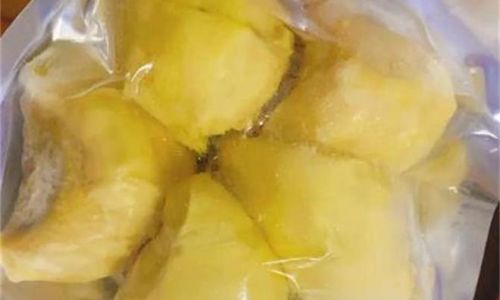Meat broth, a cornerstone of countless recipes, from hearty stews to aromatic soups, can sometimes turn sour due to overcooking, bacterial activity, or improper storage. While the tangy flavor of fermented foods is desirable in dishes like kimchi or sauerkraut, an unintended acidic tang in meat broth can ruin a meal. Fortunately, with the right techniques, you can rescue your broth and transform it into a flavorful base once again. This article explores the science behind why broth sours, safety considerations, and step-by-step methods to neutralize acidity without compromising taste or texture.
Understanding Why Meat Broth Turns Sour
Before diving into solutions, it’s essential to grasp why meat broth develops an off-putting acidity. Several factors contribute to this issue:

- Bacterial Growth: If broth is stored improperly or left at room temperature for too long, harmful bacteria like Lactobacillus or Acetobacter can proliferate. These microbes produce lactic acid or acetic acid, lowering the broth’s pH and creating a sour taste.
- Overcooking: Prolonged boiling breaks down proteins and fats in the meat and bones, releasing free amino acids and fatty acids. While some of these compounds enhance flavor, excessive heat can lead to bitter or acidic notes.
- Acidic Ingredients: Adding ingredients like tomatoes, vinegar, or citrus juice in large quantities can tip the broth’s pH balance toward acidity, especially if not balanced with sweet or umami-rich elements.
- Improper Fat Skimming: Fat acts as a natural flavor carrier and emulsifier. If not skimmed properly during cooking, rancid fats can develop a sour taste over time.
Safety First: When to Save and When to Discard
Before attempting to fix sour broth, assess its safety. Spoilage bacteria not only alter taste but can also cause foodborne illnesses. Discard broth if:
- It has a rancid, putrid, or moldy odor (beyond mild sourness).
- The surface shows signs of fuzz or discoloration.
- It has been stored at room temperature for over two hours.
- It contains meat or bones that were not fully cooked before simmering.
If the broth passes the safety test, proceed with neutralization methods.
Method 1: Baking Soda – The Alkaline Savior
Baking soda (sodium bicarbonate) is a mild alkaline agent that can neutralize acids. Here’s how to use it:
- Start Small: Add ¼ teaspoon of baking soda per liter of broth. Stir gently to dissolve.
- Taste Test: Wait 5–10 minutes, then taste. The broth may fizz slightly due to the chemical reaction with acid.
- Adjust Gradually: If the sourness persists, add another ¼ teaspoon, but avoid exceeding 1 teaspoon total. Overuse can impart a soapy aftertaste.
- Re-season: Baking soda may reduce saltiness and depth. Add a pinch of salt, a splash of soy sauce, or a bouillon cube to rebuild flavor.
Pro Tip: For creamy soups, stir in 1–2 tablespoons of heavy cream after neutralizing to mellow any residual bitterness.
Method 2: Sweetness to Balance Acidity
A touch of sweetness can counteract acidity without altering the broth’s essence:
- Sugar or Honey: Add ½–1 teaspoon of granulated sugar or honey per liter. Simmer for 5 minutes to integrate.
- Caramelized Onions: Sauté 1 diced onion in butter until golden brown, then stir into the broth. Their natural sweetness and depth mask sour notes.
- Roasted Vegetables: Roast carrots, celery, or sweet potatoes until caramelized, then blend them into the broth. Their sugars and umami compounds add complexity.
Avoid Over-Sweetening: Too much sugar can make the broth cloying. Taste frequently during adjustments.
Method 3: Dairy and Fat to Mellow Sourness
Dairy products coat the tongue, reducing the perception of acidity. This method works best for creamy soups:
- Cream or Yogurt: Whisk in 2–4 tablespoons of heavy cream, crème fraîche, or Greek yogurt. Simmer gently (do not boil) to avoid curdling.
- Butter: Stir in 1–2 tablespoons of unsalted butter. The fat emulsifies with the broth, softening harsh flavors.
- Coconut Milk: For a dairy-free option, add ¼ cup of coconut milk. Its natural sweetness and richness balance acidity.
Note: Dairy may thin the broth. Thicken with a cornstarch slurry if needed.
Method 4: Umami-Rich Ingredients to Overpower Sourness
Umami, the “fifth taste,” can distract the palate from acidity. Try these additions:
- Tomato Paste: Sauté 1–2 tablespoons of tomato paste in oil until caramelized, then stir into the broth. Its concentrated sweetness and umami mask sour notes.
- Mushrooms: Add 1 cup of sliced shiitake or porcini mushrooms. Their glutamic acid enhances savory flavors.
- Fish Sauce or Miso: A splash of fish sauce (½–1 teaspoon) or 1 tablespoon of miso paste adds depth. These ingredients contain glutamate, which intensifies umami.
Caution: Fish sauce can make the broth salty. Adjust seasoning accordingly.

Method 5: Acidic Absorption with Starches
Starches like potatoes or rice can absorb excess acidity:
- Potatoes: Peel and dice 1 medium potato. Simmer in the broth for 15–20 minutes, then discard. The potato will absorb some sourness.
- Rice: Add 2–3 tablespoons of uncooked rice. Simmer for 10 minutes, then strain. Rice grains act as acid sponges.
- Bread: For a rustic approach, float a slice of crusty bread on the broth’s surface. The starch will soak up acids (similar to French onion soup).
Tip: Use this method in tandem with baking soda for maximum effect.
Method 6: Fresh Herbs and Aromatics to Refresh
Overpowering sourness with vibrant flavors can revive the broth:
- Herbs: Tie a bundle of fresh parsley, thyme, or basil with twine and simmer for 10 minutes. Their aromatic oils mask off-flavors.
- Spices: Toast cumin, coriander, or fennel seeds, then grind and stir into the broth. Their warmth distracts from acidity.
- Garlic and Ginger: Sauté minced garlic or ginger in oil until fragrant, then add to the broth. Their pungency resets the flavor profile.
Avoid Overpowering Scents: Use herbs sparingly to prevent a medicinal taste.
Method 7: Dilution and Reinforcement
If the broth is too far gone, dilute and rebuild:
- Add Water or Stock: Mix equal parts sour broth and fresh water or unseasoned stock.
- Re-Season: Introduce new aromatics (onion, carrot, celery), herbs, and a splash of wine or vinegar (if needed) to balance.
- Simmer with Fresh Meat: Add raw chicken, beef, or pork bones and simmer for 1–2 hours to infuse fresh flavor.
Pro Tip: Use this method for large batches where neutralization alone isn’t sufficient.
Prevention: How to Avoid Sour Broth in the Future
- Cool Quickly: Refrigerate broth within 2 hours of cooking. Divide into shallow containers for faster cooling.
- Skim Fat Regularly: Remove fat every 30 minutes during simmering to prevent rancidity.
- Avoid Over-Salting: Salt draws moisture from meat, accelerating bacterial growth. Season lightly during cooking and adjust before serving.
- Use Acids Wisely: If adding vinegar or lemon juice, do so at the end of cooking to preserve freshness.
- Pressure Cook with Care: While pressure cooking speeds up broth-making, it can over-extract flavors. Use natural release to prevent bitterness.
When All Else Fails: Repurpose the Broth
If the broth remains unpalatable, repurpose it creatively:
- Sauce Base: Simmer with tomato paste, herbs, and cream for a pasta sauce.
- Gravy: Thicken with roux and serve over roasted meats.
- Risotto: Use as the cooking liquid for a rich, savory risotto.
- Braising Liquid: Simmer tough cuts of meat in the broth for tender, flavorful results.
Conclusion: Rescuing Broth is an Art, Not a Science
Neutralizing sourness in meat broth requires patience, experimentation, and a willingness to embrace imperfection. While no single method guarantees perfection, combining techniques like baking soda, sweetness, and umami-rich ingredients often yields the best results. Remember to prioritize safety, taste frequently, and don’t hesitate to discard broth if it shows signs of spoilage. With practice, you’ll learn to transform a culinary mishap into a delicious opportunity—proving that even the sourest moments can have a silver lining.
Final Tip: Keep a detailed log of your adjustments. Note which methods worked best for future reference. Happy cooking!





0 comments